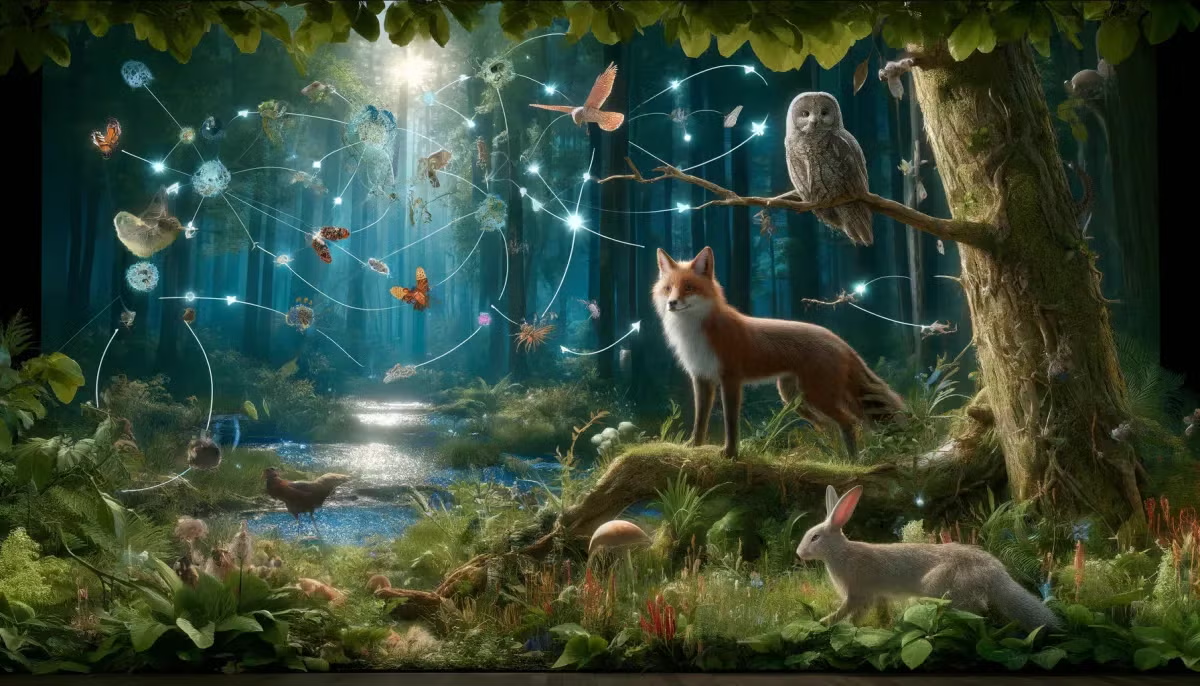
Grades:
1st Grade
Students will be exploring natural resources and 10's and 1's through this hands-on engineering project! The students will create a shelter for an animal out of natural resources they have collected
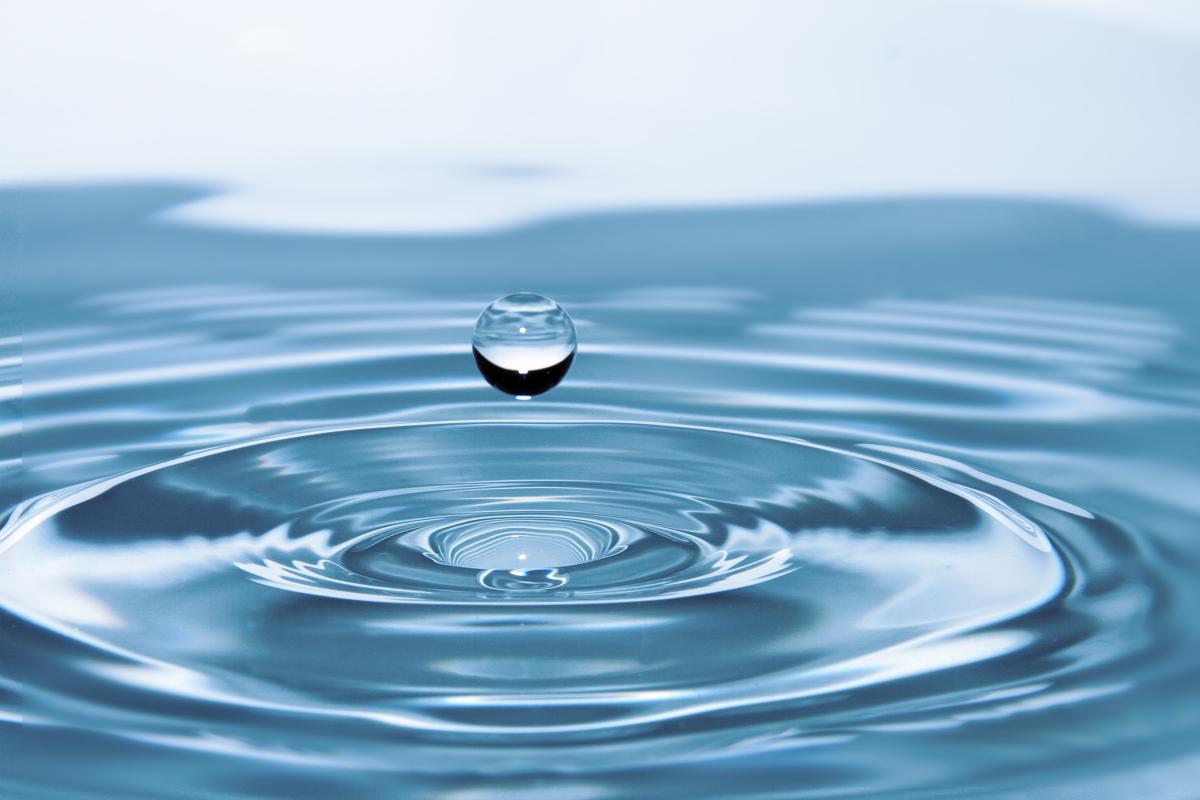
Grades:
3rd Grade, 4th Grade, 5th Grade
In this lesson, students will learn about the Water Tank Mafie located in Dharavi. Students will then use Scratch to create a "Whack a Water Thief (Mole)" game.

Grades:
3rd Grade, 4th Grade, 5th Grade
In the second lesson in the Thirst set, students will learn about Dharavi, a slum within the city of Mumbai. Economical water scarcity drives the lives of those who reside in Dharavi. Students will

Grades:
Kindergarten, 1st Grade
In this lesson, students will practice “counting on” from any given number using Sphero Indi coding paths. Students will create a path made of at least 4 or more tiles for Indi to follow. They will be

Grades:
3rd Grade
This third-grade STEM lesson introduces students to solar energy, the heat island effect, and data analysis. Students will use temperature gauges to measure different areas of the school at various

Grades:
4th Grade, 5th Grade, 6th Grade
During this novel study, students will build background knowledge on water scarcity focusing on both physical and economic water scarcity. Students will learn the definition of scarcity, view a
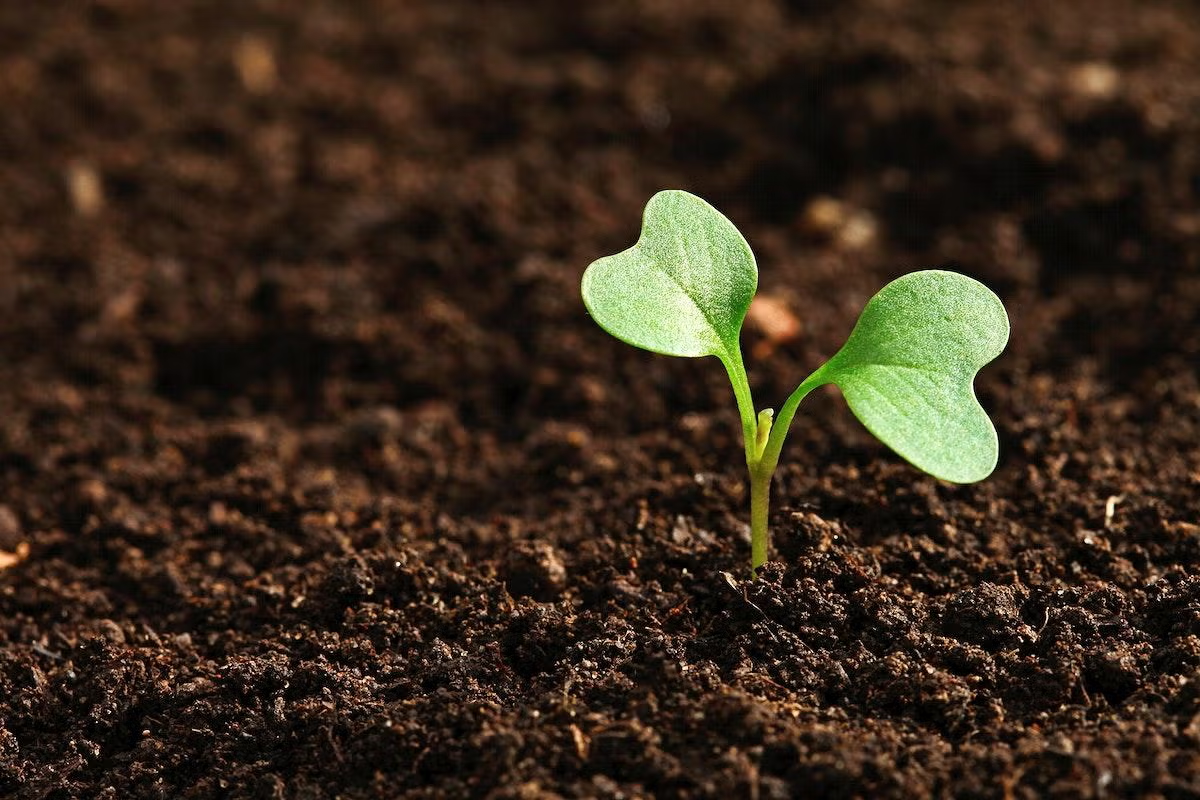
Featured
Best Class Plant
Grades:
1st Grade, 2nd Grade, 3rd Grade
This lesson is centered around the book, The World's Best Class Plant. It is intended for 1st-3rd grade. Ideally, teachers would use this lesson at the beginning of the year so they can have their

Grades:
3rd Grade
In this integrated 3rd-grade lesson, students will explore different landforms, learn about fractions, and use technology to enhance their understanding. The lesson begins with an introduction to
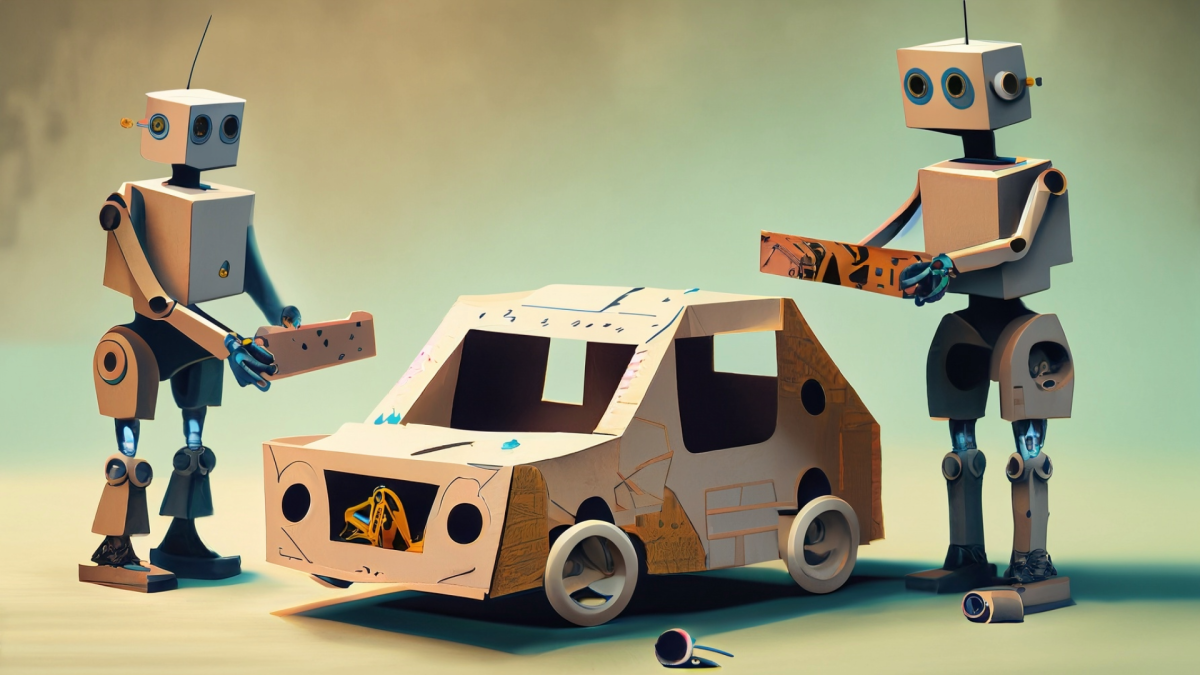
Grades:
1st Grade, 2nd Grade, 3rd Grade
In this lesson, students design, build and test model candy cars made from simple materials. They measure the changes in distance and travel by the addition of revision of design features. Students

Grades:
1st Grade, 2nd Grade, 3rd Grade
This maze activity builds all sorts of skills. Students will be improving spatial skills, logic skills, problem solving skills, math skills, technology skills, and fine motor skills Mazes provide

Grades:
3rd Grade, 4th Grade
Students will create a solar system scroll using fractions so that they are able to represent fractions on a number line using a real-life application, while also learning about the scale of the solar

Grades:
1st Grade, 3rd Grade
Students will investigate the relationship between light, objects, and the human eye by creating a DIY kaleidoscope. Students will take measurements throughout the project.

Grades:
3rd Grade, 4th Grade
In this 60-minute lesson, students will explore and analyze weather patterns using technology. They will use computers or tablets to access weather websites and apps, collect and record weather data

Grades:
Kindergarten, 1st Grade, 2nd Grade
This lesson is designed for K-2 students to explore and understand weather patterns using technology. Over the course of 45 minutes, students will use tablets or computers to gather real-time weather

Featured
Magic Magnets: Flying Butterfly
Grades:
3rd Grade
Students will have the opportunity to explore the magnetic field in small groups or independently. Students will explore the forces by demonstrating how a paper clip can float in the air using a

Grades:
7th Grade, 8th Grade
This lesson has students examining isochron maps of the Earth's seafloor and looking for patterns to support evidence of continental drift. A prerequisite include a previous lesson of continental

Grades:
Kindergarten, 1st Grade
In this lesson, students will play a small group coding game to retell the events in the read aloud, If You Take A Mouse To School, and then use the Engineering Design Process to plan, design, and

Grades:
Kindergarten, 1st Grade
In this lesson, students will be introduced to coding with the read aloud Mouse Count, play a simple Bottle Cap Arrow Game to learn directionality, and learn to program their Code & Go Mice with arrow

Grades:
5th Grade
Students will be able to identify the planets in our solar system, describe the difference between rotation and revolution, and engineer a three dimensional model of our solar system.
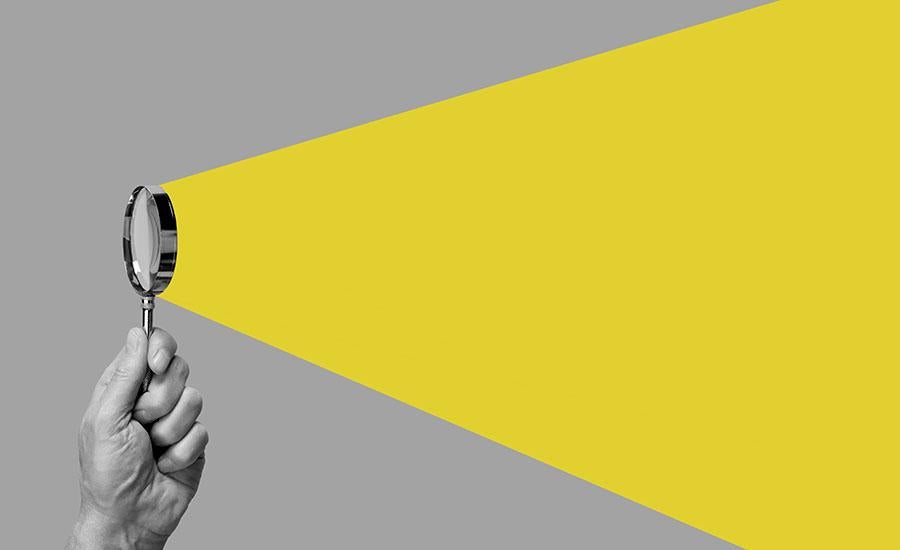
Grades:
3rd Grade
In this lesson, students will learn about the basic principles of light reflection and how periscopes work. They will then apply this knowledge by designing and constructing their own simple

Grades:
6th Grade
Students will research, construct, and present replicas of ancient civilization monuments. They will explore the historical and cultural significance of these monuments and integrate knowledge from

Grades:
5th Grade, 6th Grade
A glider is a great physical science/STEM challenge for fifth/sixth grade students. This project allows students to use a Cricut cutting machine to build and modify a glider that will travel as far as

Grades:
5th Grade, 6th Grade
A glider is a great physical science/STEM challenge for fifth/sixth grade students. This project allows students to use scissors and utility knives to build and modify a glider that will travel as far

Grades:
6th Grade, 7th Grade, 8th Grade, 9th Grade, 10th Grade, 11th Grade, 12th Grade
Are your students fans of Formula 1? If they are or aren't this lesson will take a look into the dominance of Red Bull Racing in Formula 1. Why is Red Bull so dominant? Is it the driver or the


